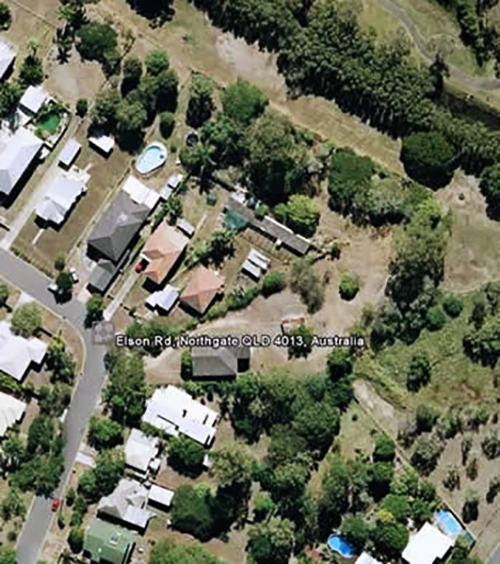This is a case study of a routine and typical development application and subsequent appeal under Queensland’s planning laws.
While it involved now planning legislation that has now been repealed in Queensland, the basic process and concepts remain the same under Queensland’s planning system (e.g. material change of use, reconfiguring a lot, etc).
It was used from 2010-2016 for teaching the basic planning process to students studying ENVM3103 and ENVM7123 at the (then) School of Geography, Planning & Environmental Management in The University of Queensland and featured in the following 2020 lecture on planning schemes in Queensland (commencing at 14:15 on the counter):
The case study involves a development application lodged for a material change of use to convert land with two detached houses into 10 units in the suburb of Northgate, Brisbane.
The development application was approved by Brisbane City Council but appealed by neighbours to the Planning & Environment Court.
After mediation, the appeal was resolved by consent and without a trial through the developer agreeing to increase the number of onsite carparking spaces from 15 to 18 to reduce onstreet parking.
The development application documents and relevant planning documents can all be obtained from the Brisbane City Council PD Online website.
Key documents
Development application
- GoogleEarth image showing boundaries of land and surrounding neighbourhood.
- Coverletter for IDAS application
- IDAS forms for development application
- Layout plan and other plans for development
- Planning report submitted with development application
- Stormwater management report submitted with development application
Appeal to Planning & Environment Court
- Notice of Appeal lodged by neighbours (Note: this document is poorly done and it is not an example to be followed).
- Consent judgment and conditions of approval.
- Layout plan agreed by consent including extra carparking spaces.
- Co-respondent’s submissions for minor change to layout plan detailing history of development and the appeal.
Thanks to Peter Tornabene for allowing the facts and documents of this development to be used as a case study here.
- Google Earth image of land involved in appeal
-
Building designer’s impression of proposed development from street
Thanks to MRD Studio (previously trading as Dow Royle Master Building Designers) for permission to republish





